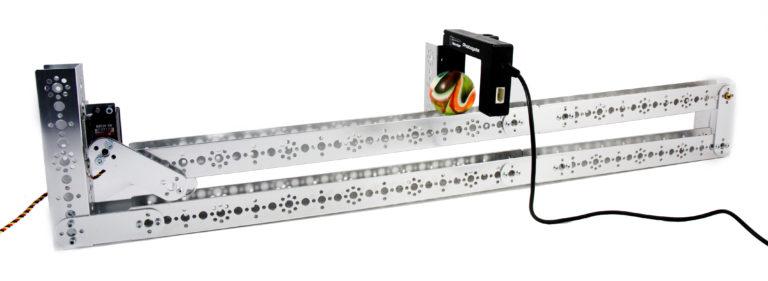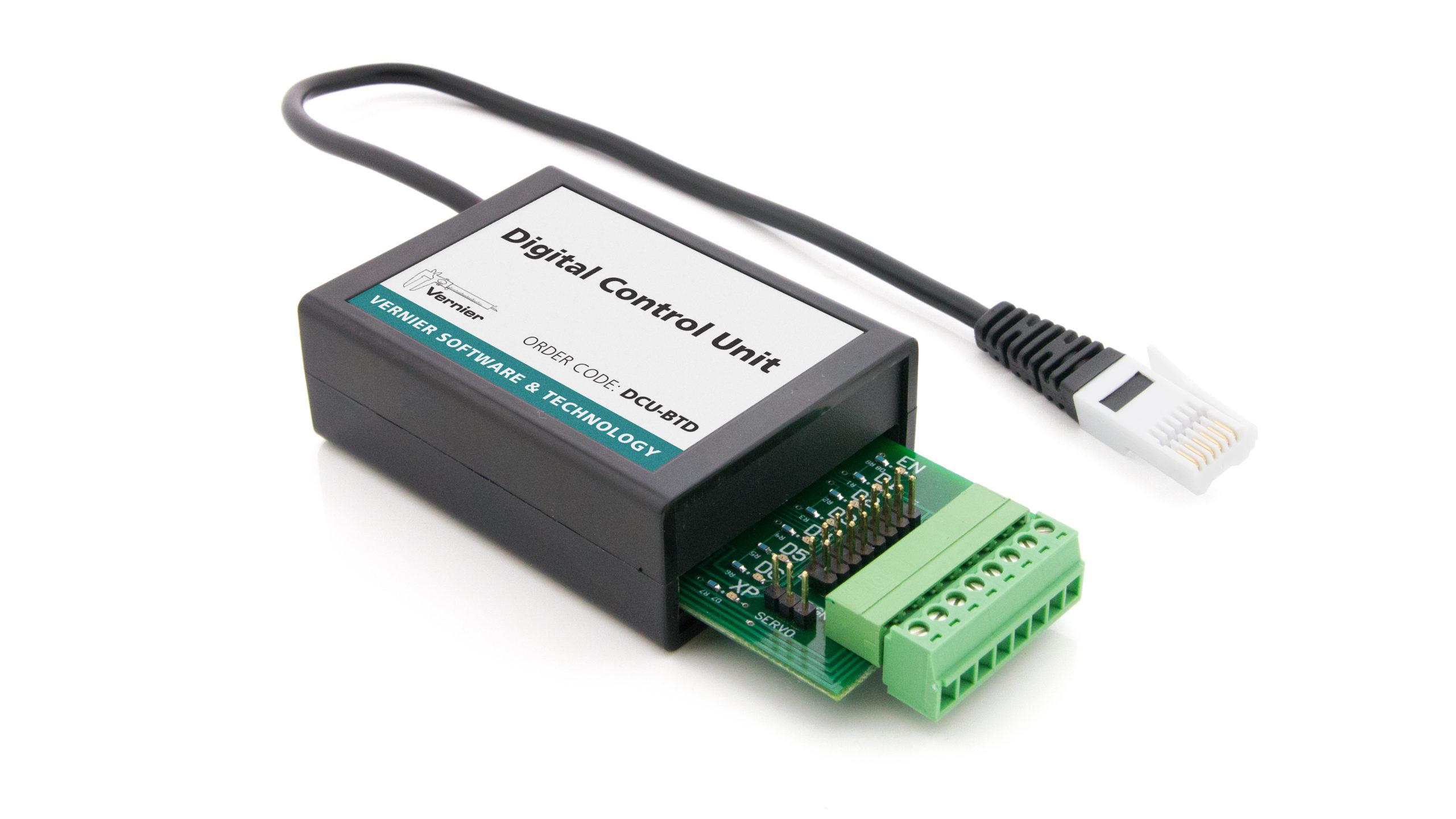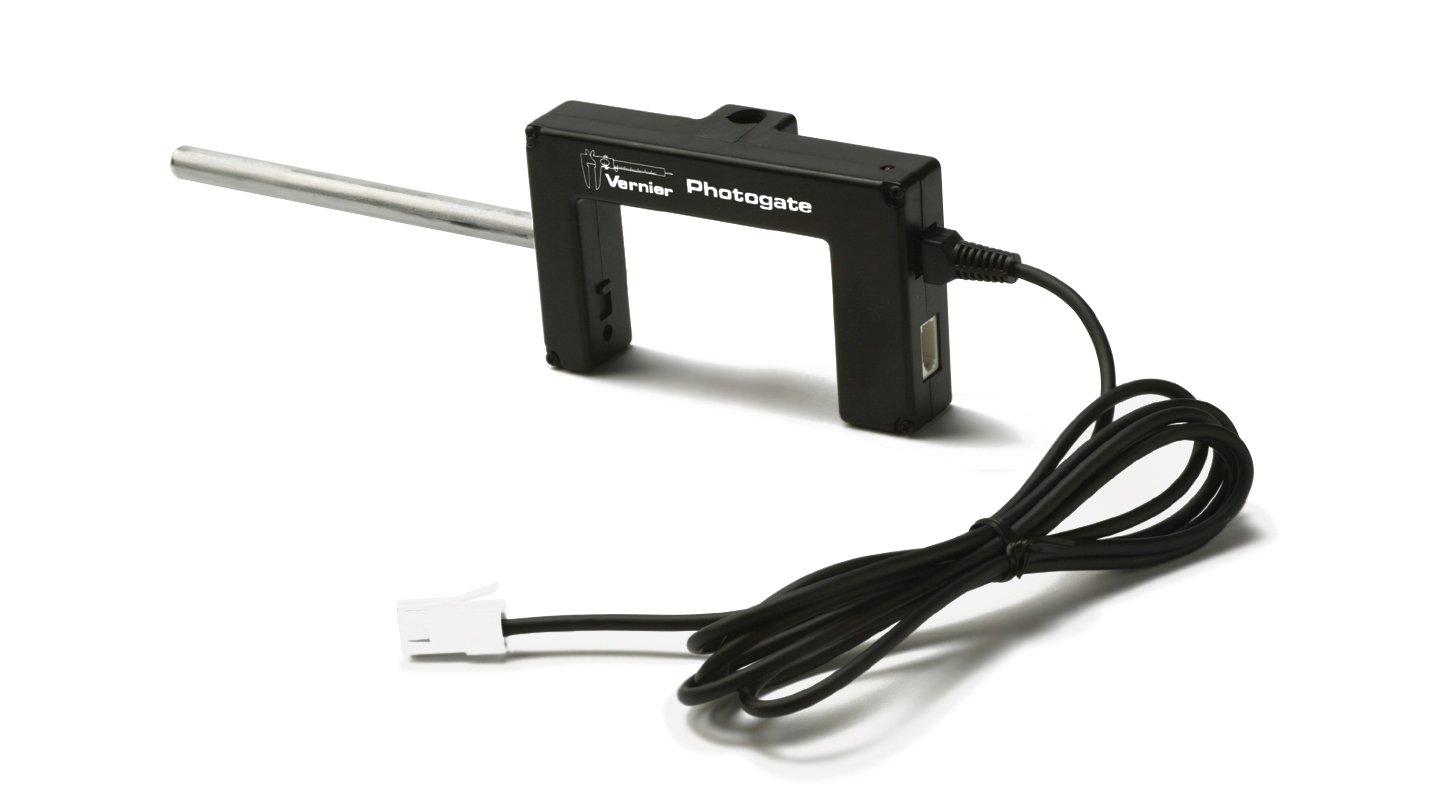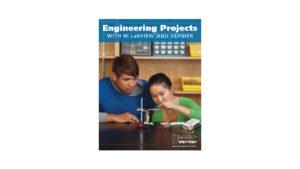
Introduction
Servos are small, relatively inexpensive motors known for their ability to provide a large torque or turning force. They draw current proportional to the mechanical load, which means the heavier the load, the larger the current draw. Servo motors are controlled by pulse-width modulation or PWM. In PWM, the shaft of the motor is oriented to specific angular positions within about a ±90° range by sending the servo a square wave voltage pattern. The length of time that the square wave is at the high voltage controls the shaft position. The servo motor will hold its position firmly as long as the square wave continues. A servo horn or arm is often attached to the shaft of the motor to convert the motor’s rotational motion to linear motion. Servo motors are used in small-scale robotics applications, in rack and pinion steering, and in radio-controlled models to adjust the flaps on a plane or the rudder of a boat. While servo motors can be used for steering, they are not normally used for driving the wheels of a car, because they cannot continuously rotate without internal modification.
Objectives
In this Project, you will investigate the principle of pulse-width modulation by writing a LabVIEW program to control the position of a servo motor. You will use the Vernier Digital Control Unit (DCU) to provide a square-wave signal. Your program should allow the user to vary the motor position from a front panel control for its full range of motion (approximately ±90°).
Sensors and Equipment
This experiment features the following sensors and equipment. Additional equipment may be required.
Ready to Experiment?
Ask an Expert
Get answers to your questions about how to teach this experiment with our support team.
- Call toll-free: 888-837-6437
- Chat with Us
- Email support@vernier.com
Purchase the Lab Book
This experiment is #7 of Engineering Projects with NI LabVIEW and Vernier. The experiment in the book includes student instructions as well as instructor information for set up, helpful hints, and sample graphs and data.



